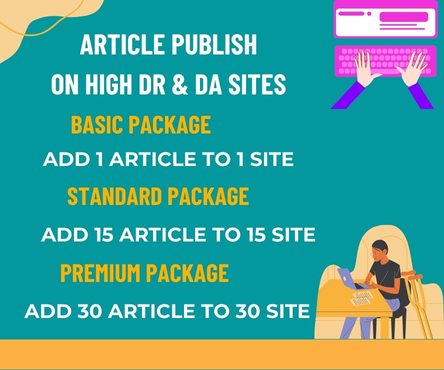In the ever-evolving world of digital marketing, search engine optimization (SEO) remains a crucial strategy for driving organic traffic and increasing visibility. Among the various SEO techniques, on-page SEO stands out as one of the most effective methods for boosting search engine rankings quickly and sustainably. Unlike off-page SEO, which focuses on external factors such as backlinks, on-page SEO optimizes elements within your own website, making it more appealing to both users and search engines. This article explores how on-page SEO works and why it can instantly improve your website’s rankings.
Understanding On-Page SEO
On-page SEO refers to the practice of optimizing individual web pages in order to rank higher and earn more relevant traffic from search engines. It includes both the content and HTML source code of a page that can be optimized, as opposed to off-page SEO which relies on external signals.
Key on-page SEO elements include:
- Keyword optimization
- Title tags and meta descriptions
- URL structure
- Header tags (H1, H2, etc.)
- Internal linking
- Image alt attributes
- Page loading speed
- Mobile-friendliness
- User experience and readability
How On-Page SEO Boosts Rankings Instantly
- Enhanced Relevance Through Keyword Optimization
Search engines rely heavily on keywords to understand what a page is about. Optimizing your content with carefully researched, relevant keywords helps search engines associate your website with user queries. When keywords are used naturally in titles, headers, and throughout the content, it increases your chances of ranking higher for targeted search phrases instantly. - Improved Click-Through Rates with Compelling Meta Descriptions and Titles
Meta titles and descriptions appear in search engine results pages (SERPs). Crafting clear, engaging, and keyword-rich meta tags can immediately attract more clicks from users. A higher click-through rate signals to search engines that your page is relevant, prompting a boost in rankings. - Better Crawlability and Indexing Through Optimized URL Structures and Internal Links
Well-structured URLs that include keywords and logical paths help search engine bots easily navigate and index your site. Additionally, strategic internal linking spreads link equity throughout your pages and keeps visitors engaged longer, both of which contribute to improved search rankings. - Faster Page Load Times Enhance Rankings and User Experience
Google uses page speed as a ranking factor. On-page SEO includes optimizing images, leveraging browser caching, and minimizing code to speed up loading time. Fast-loading pages not only improve user experience but also receive preference in search results, allowing for an almost immediate ranking boost. - Mobile Optimization Reaches Wider Audiences
With mobile-first indexing, search engines prioritize mobile versions of websites. Ensuring that your site is fully responsive and mobile-friendly can quickly improve your rankings, especially since mobile usability is a direct ranking factor. - Improved User Experience Through Readable Content and Clear Structure
Search engines favor websites that provide a positive user experience. Using header tags to break up content, incorporating bullet points, and maintaining clear, concise writing can lower bounce rates and increase time on page, leading to better rankings almost instantly.
Conclusion
On-page SEO is a powerful and essential tool for improving your website’s search engine rankings quickly. By focusing on optimizing keywords, meta tags, URL structures, page speed, and mobile usability, you create a site that is both search-engine-friendly and user-friendly. These improvements not only help your pages rank higher but also enhance the overall visitor experience, leading to increased engagement and conversions. Investing time and effort into on-page SEO can deliver immediate rewards, making it a smart priority for any website owner or marketer aiming for rapid and sustainable growth in organic traffic.
web and marketing web and marketing web and marketing web and marketing web and marketing web and marketing web and marketing web and marketing web and marketing web and marketing web and marketing web and marketing web and marketing web and marketing web and marketing web and marketing web and marketing web and marketing web and marketing web and marketing web and marketing web and marketing web and marketing web and marketing web and marketing web and marketing web and marketing web and marketing web and marketing web and marketing web and marketing web and marketing web and marketing web and marketing web and marketing web and marketing web and marketing web and marketing web and marketing web and marketing web and marketing web and marketing web and marketing web and marketing web and marketing web and marketing web and marketing web and marketing web and marketing web and marketing web and marketing web and marketing web and marketing web and marketing web and marketing web and marketing web and marketing web and marketing web and marketing web and marketing
